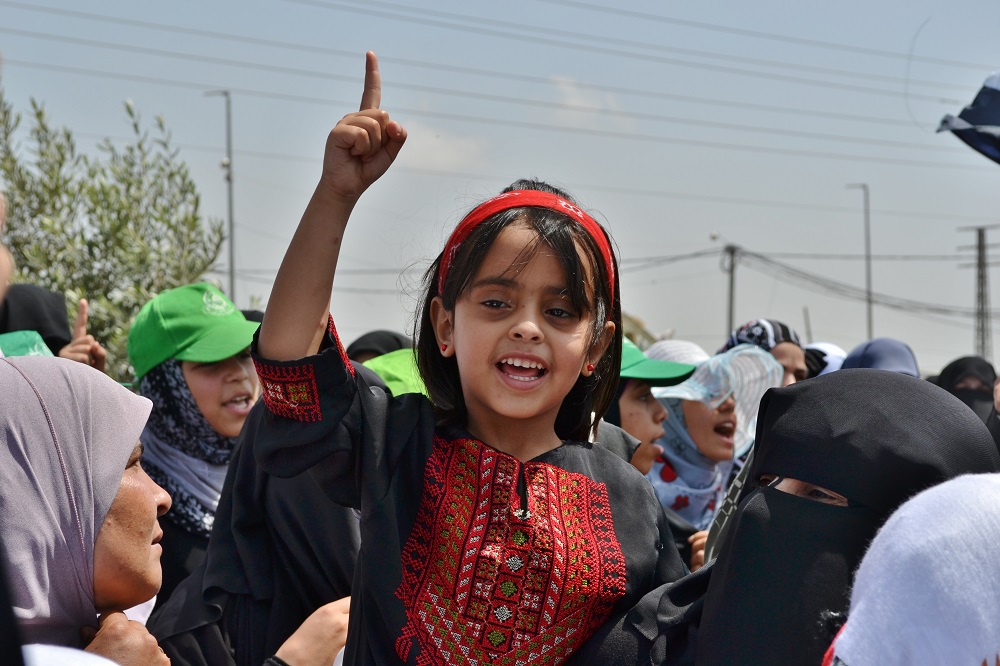Tag: Global March to Jerusalem
-
Mass protest aims to focus attention on Jerusalem
16th June 2013 | The Electronic Intifada, Joe Catron and Patrick Strickland | Occupied Palestine Activists demonstrated internationally on Friday as part of efforts to focus attention on Israel’s aggression against Palestinians in Jerusalem. Known as the Global March to Jerusalem, the protests marked the 46th anniversary of theNaksa (setback) — Israel’s 1967 occupation of the Gaza Strip and West Bank, Syria’sGolan Heights,…
-
Photo essay: Gaza joins the Global March to Jerusalem
10th June 2013 | International Solidarity Movement | Beit Hanoun, Occupied Palestine Thousands of Palestinians from across the Gaza Strip rallied by the closed Erez checkpoint on Friday, marking al-Naksa (the setback), Israel’s 1967 seizure of the Palestinian West Bank and Gaza Strip, Syria’s Golan Heights, and Sinai Peninsula, ceded to Egypt in 1982. Israel’s…
-
Mahmoud, 19 years old, killed at Erez during Land Day between dreams and hopes: The words of his family
by Rosa Schiano 11 April 2012 | il Blog di Oliva On Friday 30th March, during the “Land Day,” Gaza joined the Global March in order to remember the confiscation of Palestinian lands by Israel which were protested against on the 30th March 1976. 6 Palestinians were killed and hundreds were injured. In Gaza this…


